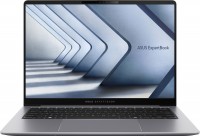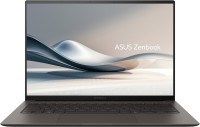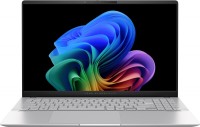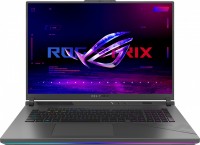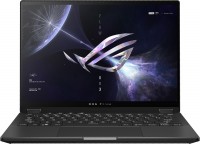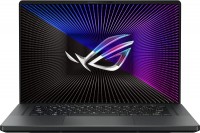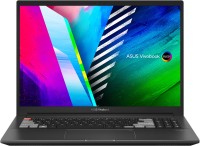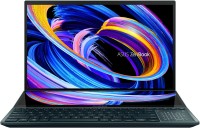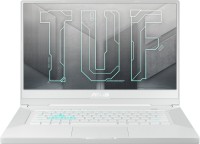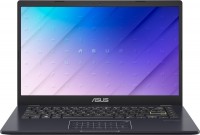Laptops Asus series ZenBook (stylish)
Asus ZenBook
The ZenBook series from Asus is based on powerful image ultrabooks in a stylish, thin and light aluminium case, designed for heavy tasks that require an increased hardware resource. We are talking about photo processing, working with audio, compiling code, transcoding video, etc. Considering that the field of fashion laptops is now not overcrowded, Asus engineers hid a couple of aces in their sleeves, which later became the features of the entire ZenBook family.
Almost all ZenBook laptops are equipped with an unusual touchpad. It's called the ScreenPad and is actually a second 5.65-inch screen that can be used as a regular touchpad, secondary display, or additional toolbar. For example, display a calculator, laptop or macro panel in Presonus Studio One. The second feature of these laptops was the branded ErgoLift hinge, which, when open, raises the case above the table, replacing the laptop stand.
 |
All in all, it's a pure premium class with a great display, a thin and durable body, and a bunch of bells and whistles like fast charging, Thunderbolt and dual-band Wi-Fi, a shock-resistant case, an ergonomic keyboard, FaceID, or an integrated card reader that should be listed in the red book. In terms of equipment, design, and functionality, ZenBook begs to be compared with all your favorite Apple MacBooks. However, they cost a little less, and in terms of additional features they leave behind Apple products. And there are always enough USB ports.
At first, the ZenBook lineup dazzles: you can still find laptops from three or four years ago on the market, and the total number of models exceeds fifty. But do not panic, most of the options are modifications of the same model, which differ only in small things. Prices start at $800 and sometimes go up to $2000. The average check is $1400. In 2021, under the flags of ZenBook, several experimental ultrabooks with stunning OLED displays were released.

